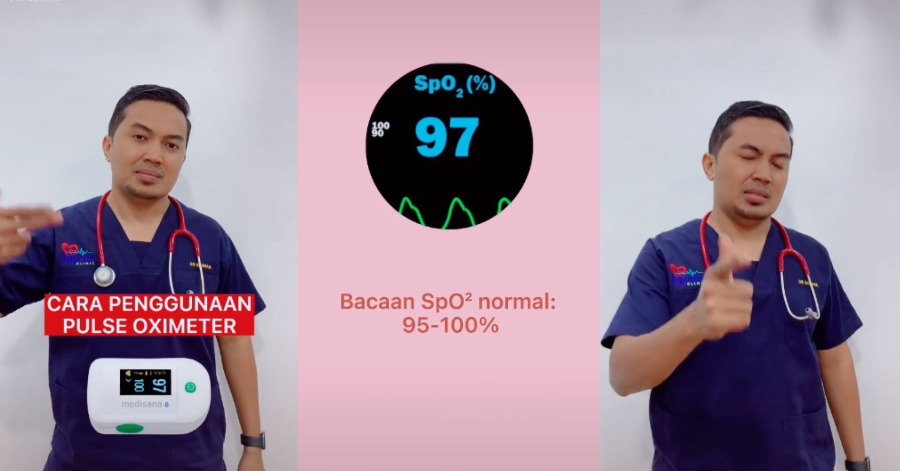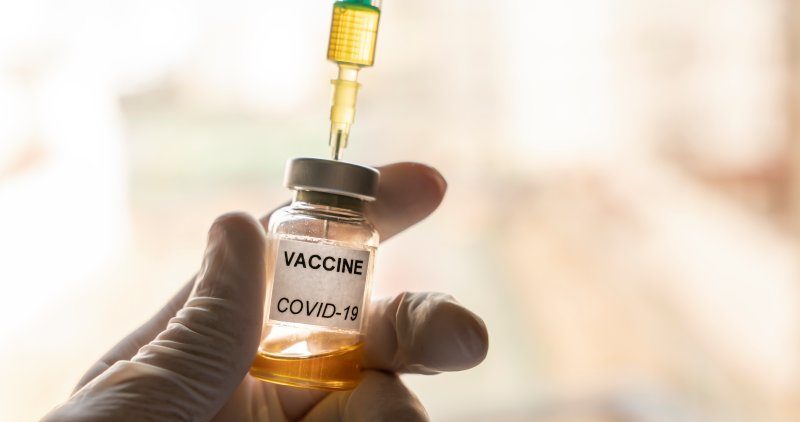Pulse oximetry is actually a noninvasive method for monitoring a person’s oxygen saturation. Peripheral oxygen saturation readings are typically within 2% accuracy of the more desirable and invasive reading of arterial oxygen saturation from arterial blood gas analysis. But the two are correlated well enough that the safe, convenient, noninvasive, inexpensive pulse oximetry method is valuable for measuring oxygen saturation in clinical use.
For usage, pulse oximeter is a device that is usually placed on a fingertip. It uses light beams to estimate the oxygen saturation of the blood and the pulse rate. Oxygen saturation gives information about the amount of oxygen carried in the blood. For those who might not know, this is how to use the pulse oximeter correctly.
@dr.samhanCARA BETUL GUNA OXIMETER ##tiktokguru ##jombelajar ##learnontiktok♬ 10,000 Hours – Dan + Shay & Justin Bieber
- Remove all nail polish or even fake nails before using the pulse oximeter. Give your hand some warmth if you feel your hand is kind of cold by rubbing both of your palms together.
- Have a rest for at least 5 minutes before you take your reading.
- Place your hand on your chest and at the same level as your heart, remain the position of your hand.
- Turn on the pulse oximeter and put it on you middle finger or the index finger of the hand that is on your chest.
- Make sure the position of your hand with the pulse oximeter remains the same for at least 1 minute or until the reading of the pulse oximeter becomes stable.
- Only take note of the highest reading if the reading remain the same for 5 seconds.
- Normal SpO2 reading would be 95% to 100% and normal pulse rate reading would be 60 to 100.
Sources: TikTok Dr Samhan.









Leave a Comment